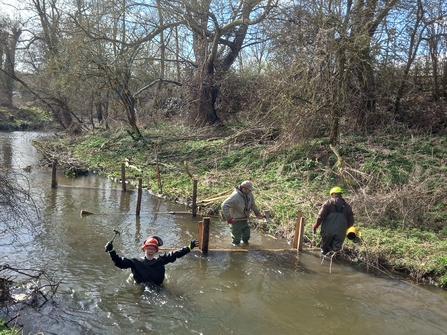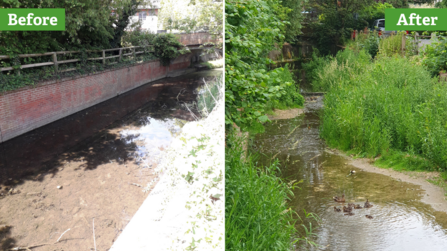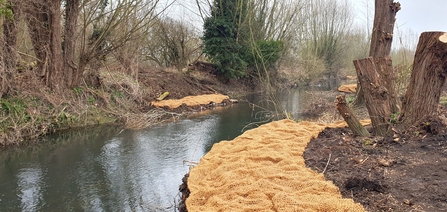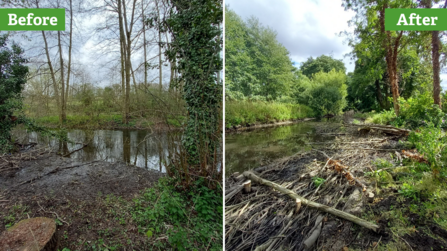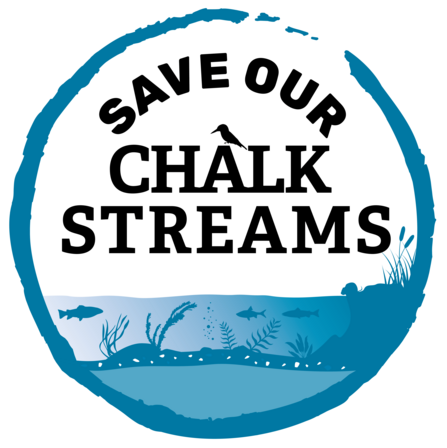Here, in Hertfordshire, we have a national and international responsibility for protecting our special chalk rivers, which have a unique ecology due to their clean, mineral-rich water and consistent flows. There are only 240 chalk rivers in the world and around 10% of those are in our county. Due to their rarity and significance for wildlife, these habitats are classified by DEFRA as Priority Habitats and were once included in Biodiversity Action Plans across the country.
Yet despite how precious chalk rivers are, they continue to face threats from a combination of factors such as changes in land-use, pollution, over abstraction and historic industry – all linked to a growing population. The impact of climate change is another factor that our rivers need to adapt to, as records show our weather conditions becoming hotter and drier in recent years. This has resulted in prolonged periods of drought and stress for our chalk streams. To ensure they are resilient in years to come, the ecological status of our chalk rivers needs improving.
Read on and explore four cases studies which demonstrate how the Trust’s Living Rivers project is partnering with landowners, local organisations and funders to tackle some of the issues associated with our chalk rivers and see the impact our work is having.


